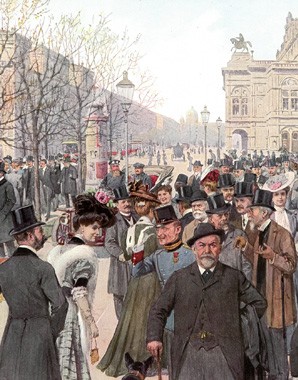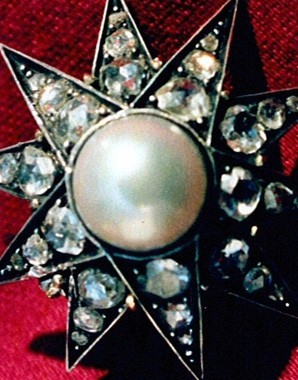The Hermes Villa – a private residence funded by the state?
To be in Vienna and yet not at Court – Franz Joseph gave his wife Elisabeth, who became increasingly fond of travelling, a villa in the countryside in order to have her close by more often. But as for the financing, was everything above board?
By erecting the Hermes Villa in the Lainzer Tiergarten, an imperial hunting reserve on the periphery of Vienna, Franz Joseph sought to make life in Vienna palatable once more for his wife. The emperor was deeply displeased at his wife’s absences, which often lasted for several months. A comfortable residence, shielded from public gaze, amid the natural environment of the Vienna Woods, was intended to induce the reclusive empress to spend lengthier periods in the imperial capital.
Yet how could the emperor afford such a major project for his consort, who already cost him a great deal as a result of her travels? In any event, it is not entirely clear how the Hermesvilla was financed. Private assets of the Habsburg family and the finances of the empire had by law to be kept strictly separate, and the funds for building a summer villa for Elisabeth were certainly to be drawn from the family purse. At the time when architect Carl Hasenauer was commissioned by Franz Joseph to erect the Hermes Villa, the latter was planning the construction of the Ringstrasse in Vienna using finance from the City Expansion Fund. The planning documents which have been preserved, as well as supply orders for construction materials, at the very least suggest that the Hermes Villa too was co-financed using money from the City Expansion Fund.
Franz Joseph wanted the ostentatious interior to be completed entirely in keeping with Elisabeth’s personal preferences. Accordingly, eminent painter Hans Makart designed the villa with frescoes showing extracts from Elisabeth’s favourite play, William Shakespeare’s A Midsummer Night’s Dream. A huge bed in neo-Baroque style dominates the sumptuously-decorated bedroom. However, on her visits to the Hermes Villa, Elisabeth preferred to spend the night on a mattress on the floor near the window in order to have a view of the starry sky.
The Hermes Villa was very progressive in terms of its sanitary facilities. Elisabeth was concerned that the installation of running water in the bathrooms would put the female bathing attendants out of work. But in the end, the flow of water from the walls 'as if by magic' also exerted a fascination over the empress too. It was Carl Hasenauer who observed how the empress would turn the washbasin taps on and off with evident enjoyment.
While in one of her poems, Elisabeth referred to the villa as ‘Titania’s enchanted palace’, lengthy stays in Vienna remained a rarity.



















